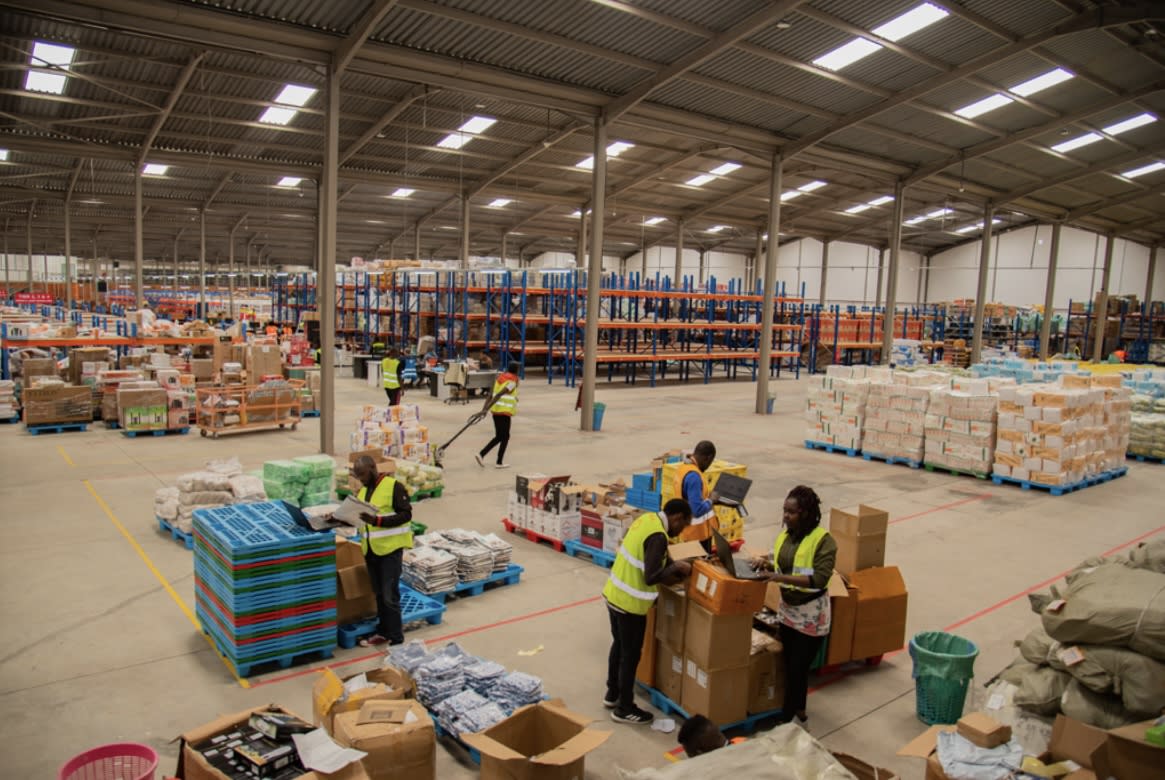Jumia is back, growing total sales and orders in Q1 2024

Jumia's revenue and gross merchandise volume showed growth despite a decrease in quarterly active customers, according to its Q1 2024 report. Revenue increased by 19% year-over-year (57% in constant currency) to $48.9 million, while GMV surged by 5% year-over-year (39% in constant currency) to $181 million.
The quarterly active customers of the African e-tailer, on the other hand, declined by almost 5% from 2 million to 1.9 million due to cost-cutting measures such as reduced customer incentives and free shipping expenditures. However, this exercise led to a stickier and higher-quality customer base with increased repurchase rates. The average order value rose by 3% compared to Q1 2023, reaching $39.6 million. Interestingly, despite the decline in customer base, Jumia's quarterly orders saw a 1.9% increase to 4.6 million. Jumia attributes this growth to continued improvements in its supply and product assortment.
"This quarter is special because we finally turned back to growth on GMV and orders. For a year and a half, very few people outside believed that we would be able to get Jumia to grow again with that level of cuts on marketing, staff, and everything. But it turns out we can with lower marketing and logistics costs and G&A," CEO Francis Dufay said on a call with TechCrunch. "I mean, there are much fewer people at Jumia today who operate the business. We've lost about 40% of the workforce since late 2022. And still, we're still growing. So that's a very important achievement, and we believe we still have a lot of market potential to capture in our markets."
The e-commerce company says its revenue increase was because of sales of larger ticket items, such as electronics and home and living items, alongside higher commissions and corporate sales. Similarly, GMV growth reflects efforts to enhance its product assortment, more efficient marketing spending, and reductions in customer incentives, with marketing expenses dropping 30% from Q1 2023.
In addition, this disciplined expense management and further streamlining of its logistics network reduced Jumia's quarterly cash burn to $19.1 million from $22.0 million in Q1 2023. Consequently, its operating loss and adjusted EBITDA loss for the quarter dropped 71% year-over-year and 83% year-over-year to $8 million and $4 million respectively, showing a continuous effort from the company to significantly reduce costs and improve its gross margins until it reaches profitability.
A big driver in Jumia's quest to reach profitability continues to be JumiaPay (the ratio of JumiaPay orders on physical goods went up from 20% to 32.5% in Q1 2024). The continued rollout of JumiaPay on delivery in Nigeria and Kenya to increase cashless orders positions JumiaPay as a stronger enabler of its overall e-commerce platform; JumiaPay saw its transactions reach 2 million, an increase of 52% year-over-year while recording a 10% year-over-year growth in total processing volume (TPV) at $45.4 million in Q1 2024.
Jumia, whose share price has increased 26% to $6.90 since its earnings call, reported that its liquidity position in Q1 2024 totaled $101.5 million, with $28.6 million in cash and cash equivalents and $72.8 million in term deposits and other financial assets. The company emphasized that 79% of its liquidity was denominated in USD, providing protection against fluctuations in local currency valuations (it incurred a $5.9 million cash loss due to currency translation related to devaluations in Egypt and Nigeria, two of its largest markets, during the quarter).

 Yahoo Movies
Yahoo Movies 
